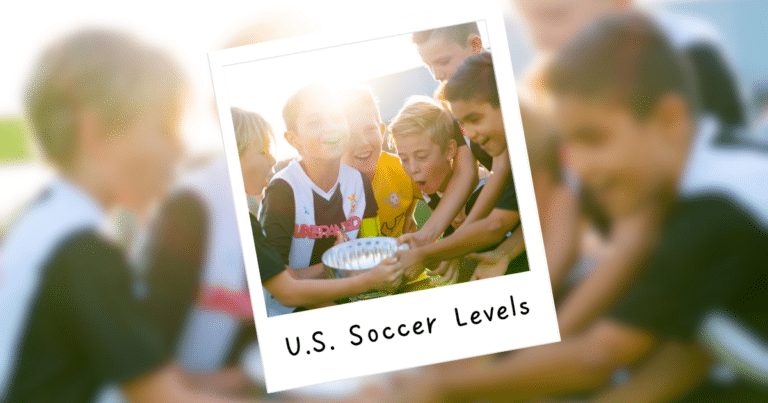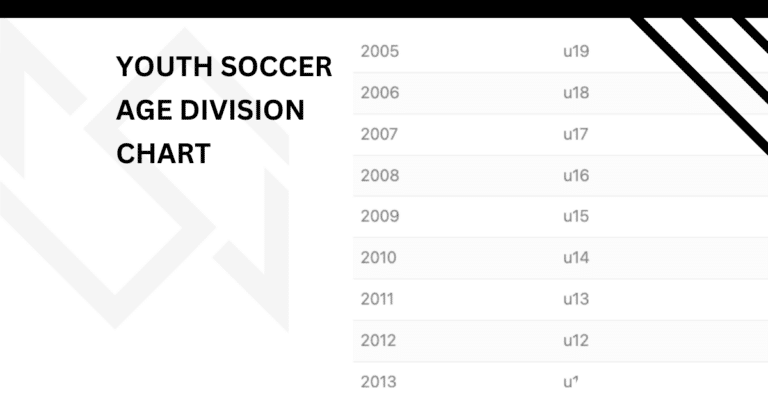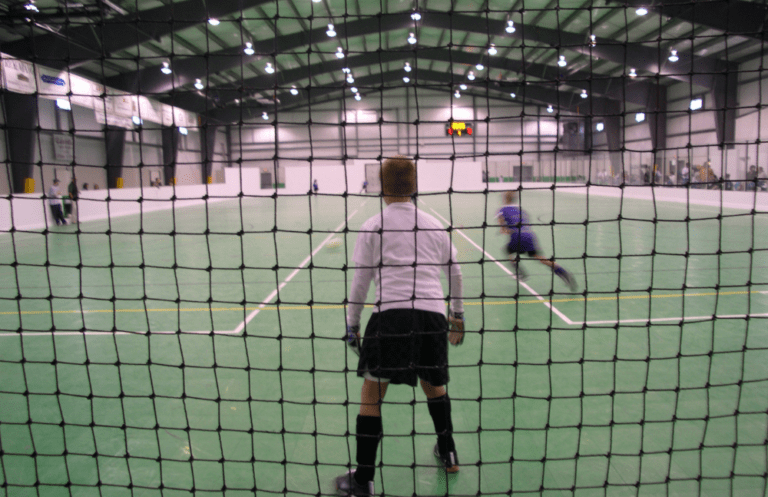Changes In Youth Soccer That Should Happen
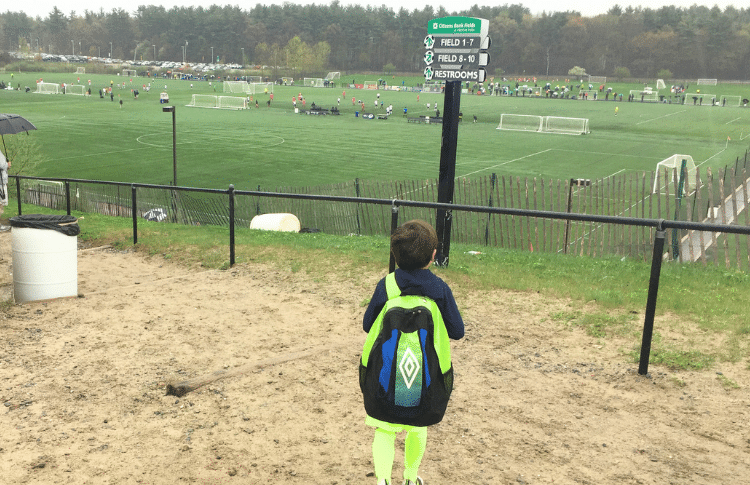
Youth soccer in the U.S. has come a long way in the last decade but it still has a lot of room to improve. In other countries like England, Brazil, and Spain, soccer is life (literally) and still ways ahead of us.
Key Takeaways From This Article:
- Youth soccer in the U.S. lags behind other countries like England because of a handful of factors including the pay-to-play model.
- At the same time, the U.S. has made positive changes in the last decade and I’m optimistic about where we are heading.
- Youth leagues like MLS NEXT, Girls Academy, and ECNL are great but very expensive for families.
For the casual soccer player, there’s no issue. Town rec and travel programs typically provide children with a fun, safe, and competitive environment. If you look at the fields on a Saturday morning, they are full!

What I’ll be referring to is more on the club soccer level where players are looking to play beyond high school.
Club soccer in America is an entire ecosystem that has its pros and cons. In this article, I want to just rant about the issues I see in U.S. youth soccer. Let’s get into it…
Delayed High-Level Development
One of the main reasons for the lack of success in U.S. soccer is the late start in player development.
Overseas, gifted kids start training at a high-level when they are very young. And, they do it collectively.
This means that they don’t just get one talented player in the system, they get 20-30 kids. This creates a competitive environment from the get-go.
More Options in the U.S.
I think we are a product of our environment.
Soccer is the #1 sport in England and many other countries.
In the U.S., it falls behind American football, basketball, and baseball in some areas. For this reason, many households aren’t watching and playing soccer. I think this has a significant impact on the introduction of youth soccer.
Too Many Concentrated Games
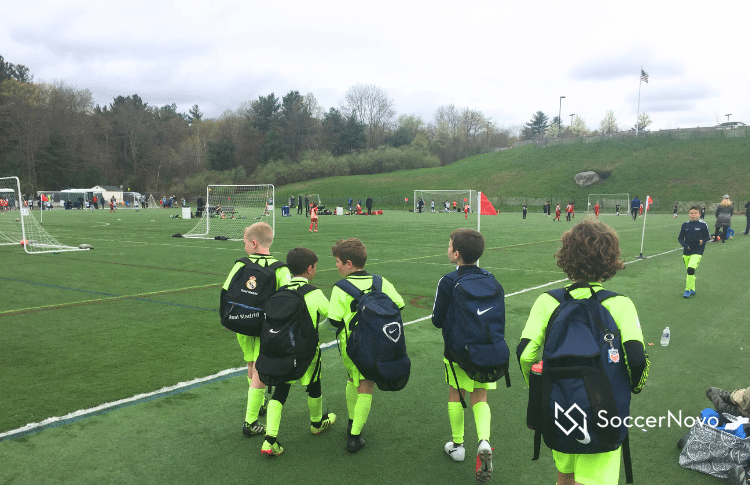
Over the past five years, we’ve got better in this department but still have some room to improve especially for kids ages six to eleven.
During holiday tournaments like Labor Day and Memorial Day weekends, I’ve seen youth teams play 3 to 4 games a day. Sometimes these games are back-to-back-to-back. I think this is way too much for a young kid.
This causes excessive fatigue and stress on young athletes during possibly their most important period for athletic development.
Young athletes must have adequate rest and recovery time between games to prevent injury and ensure proper physical and mental development.
To address this issue, youth soccer clubs in the United States need to restructure their schedules to allow for more rest time between games or schedule fewer games.
As the player progresses to U13 and older, I see more clubs trying to schedule two games on weekends to make a longer trip worth it.
For example, we are in New Hampshire and will play New York teams. Our club team usually plays two different New York clubs on Saturday and Sunday.
Inevitably, we’ll have players out on the second game with aches and pains from the previous game. Instead of getting proper rest, they are asked to give another hard-fought 80 minutes.
I know club directors work hard to find a schedule that best fits the need of the teams and families but I do think we need to prioritize the health and well-being of young athletes.
Overzealous Parents
In youth sports, it is not uncommon to see parents who are overly invested in their child’s performance.
These overzealous parents can often do more harm than good, causing unnecessary stress and pressure on their children.
No offense to hockey parents but there’s a stigma that you guys are chaotic. I think soccer parents are sometimes worse!
Parents need to remember that youth sports are meant to be fun and a learning experience, not a pathway to professional athletics.

Overzealous parents can exhibit a range of behaviors, including:
- Yelling at coaches, officials, or other parents
- Pressuring their child to perform at a high level
- Criticizing their child’s performance
- Overstepping their boundaries and making special requests like more playing time or placing them in a specific position
These behaviors can have negative effects on a child’s development, both in sports and in life. Children subjected to constant pressure and criticism may develop low self-esteem and a fear of failure. They may also lose interest in sports altogether.
I’ve experienced this first-hand. No child should have to endure the pressure at a young age just for a sport. As parents, let’s just be better and understand…this is just a game.
Pay-to-Play Model
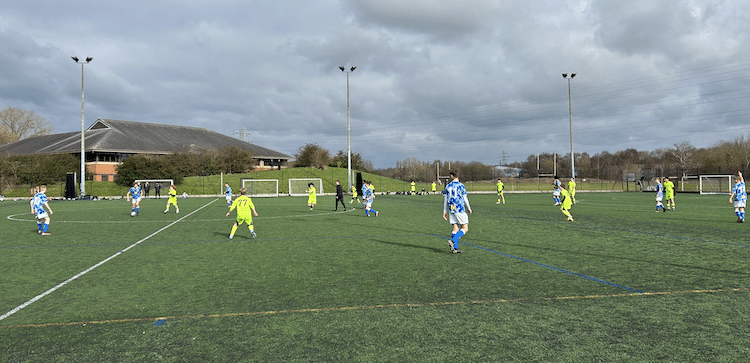
Youth soccer in the United States has also become a business.
If a child wants to play club soccer, there is often a hefty fee that comes along with it. While some teams offer scholarships to help underprivileged kids compete at the highest level, for the most part, if you don’t have the money, you don’t receive the training.
However, many of the world’s best players come from poverty-stricken backgrounds, such as Zinedine Zidane and Carlos Tevez. The cost of development is certainly something that needs to be looked at.
The Pay-to-Play model has been criticized for creating a system that favors wealthy families and for excluding talented players from lower-income families.
This system has also been criticized for its lack of diversity and for creating a culture of entitlement among young soccer players.
I don’t have a solution to resolve this.
I think that if club organizations can be privately funded or take on more sponsorships, it could lower some costs. I do think it’s gotten so out of control that it can’t be stopped. And, guess what? We just keep paying so, as parents, we are part of the nationwide problem.
But, there’s no other option for us. And, there’s the dilemma.
With the pay-to-play system, I do think talented kids go under the radar and never get a fair shot. I hope club directors and coaches find a better way to take on these kids without the monetary pressures.
If we can get more equality among our youth, I think we’ll find and develop more and better talent.
Travel Schedule
As a youth soccer player in the United States, you may find yourself traveling often for games and tournaments.
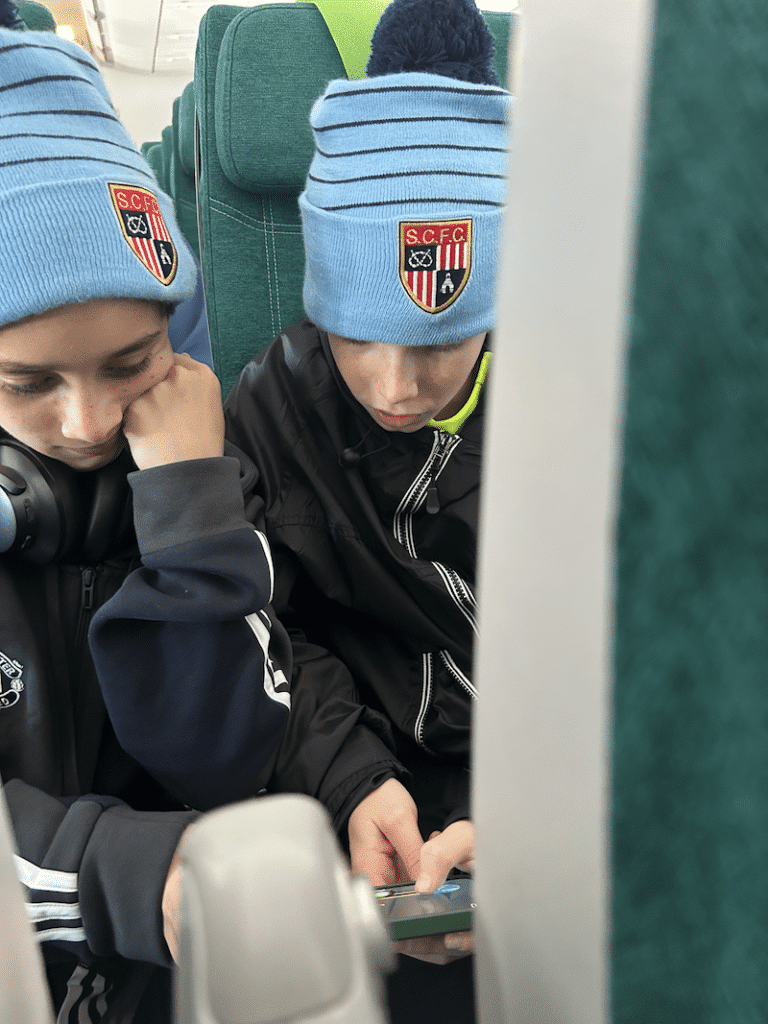
In MLS NEXT specifically, I think travel has gotten a bit out of control.
For example, my son leaves tomorrow for Toronto to play in a game. Yes, you read that right, he’s driving 10 hours for one 80-minute game and coming back.
10 years ago, driving 30 minutes was the norm. Now it feels like four hours is typical. Maybe it is just the region we are in but I do hear many parents complain about the travel.
For me, I love it. I know I won’t get back these years so spending some quality time in the car with my fourteen-year-old gives us a quiet opportunity to chat and bond.
In other parts of the world, countries are much smaller and more concentrated so travel isn’t as bad. Additionally, they can breed more talent in more pockets of their country.
But, no matter what youth club league you are in, travel is going to be a necessary evil if your child plays competitive sports.
Too Many Club Teams
One of the major issues with youth soccer development in the USA is the proliferation of club teams.
While club teams can provide a valuable opportunity for young players to develop their skills, the sheer number of teams can be overwhelming and counterproductive.
I’ve found if a club is big enough and parents are willing to pay, they’ll just create teams to accommodate more players.
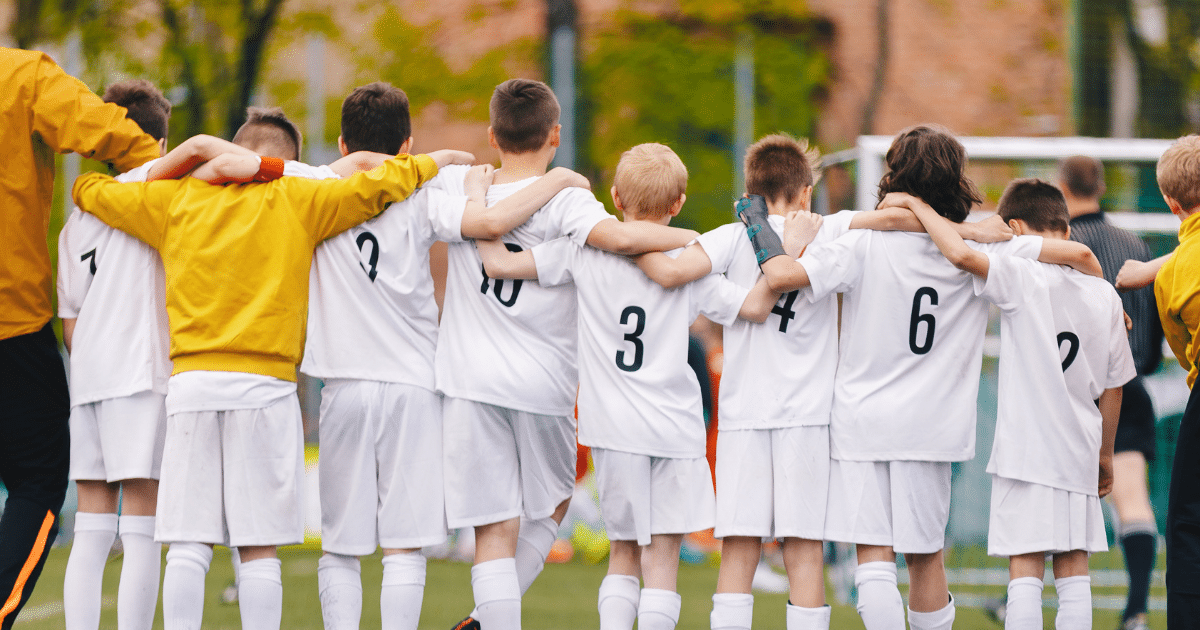
I’ve seen organizations create teams with players who realistically should be playing town rec or travel. This creates frustration for players and parents because they will get a subpar coach and get a schedule that is piece mailed. At the same time, they are paying north of $3,000!
I think it’s okay to exclude kids from playing club soccer. It’s not for everyone. Some kids are better suited to play for their town or school. Developmentally, they’ll get more out of it and parents won’t have the burden of a big expense hanging over their heads.
To address this issue, I think organizations should have a max of 2-3 teams within each age group. This way, there are enough opportunities to move up without saturating the talent pool.
My Concluding Thoughts on Youth Soccer
Even though this article hates on youth soccer a bit, I think we are in a really good place.
Yes, many parents complain about the costs but there are many more opportunities than ever for our younger generation.
We are starting to have better pathways from the youth level to high school, college, and pros. The most talented players will continue to accelerate in their given pathway.
For the majority, they will continue to develop under their respective club and create opportunities for themselves. Whether it’s still soccer or something else in life, they will have the life skills to be resourceful, work hard, and be a team player.
As parents, we just need to chill and trust the process. It will all play out for your child. Just let it happen without putting too much pressure. Sit back and enjoy the ride!

Written By: Beau Bridges
Beau is the founder of SoccerNovo, dedicated to helping players and parents navigate the youth soccer landscape. As a former youth coach and soccer parent, he shares insights on player development, recruiting, and the ever-evolving soccer scene in the U.S.
Let’s connect


